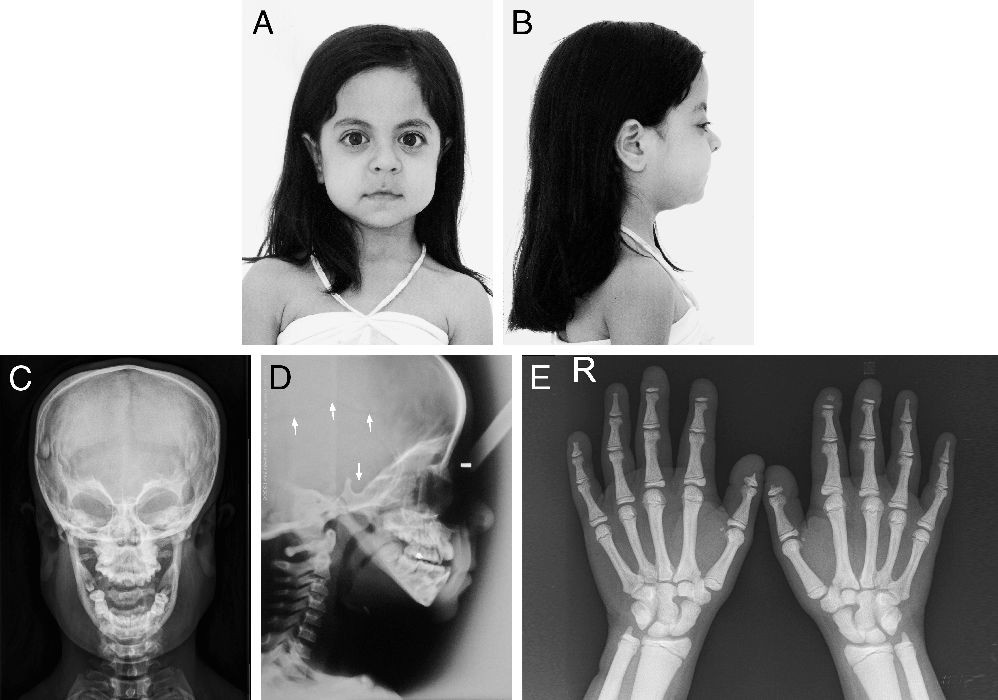
Contents
- 1 Pycnodysostosis (Pyknodysostosis)
- 1.0.1 Is pycnodysostosis a dwarfism?
- 1.0.2 What is the basis for the name of this disease?
- 1.0.3 What are the symptoms of pycnodysostosis?
- 1.0.4 How is pycnodysostosis inherited?
- 1.0.5 What are the risks of pycnodysostosis?
- 1.0.6 What is the molecular story with pycnodysostosis?
- 1.0.7 Could there be a connection between pycnodysostosis and osteoporosis?
- 1.0.8 What is the treatment for pycnodysostosis?
Pycnodysostosis (Pyknodysostosis)
Pycnodysostosis is a genetic bone disease. Its inheritance pattern follows genetic rules.
Is pycnodysostosis a dwarfism?
Pycnodysostosis consistently causes short stature, with adult males being less than 150 cm (59 inches) tall. Females with pycnodysostosis are even shorter.
Pycnodysostosis causes abnormally dense bones, short distal phalanges (finger bones), and delayed closure of skull sutures in infancy, resulting in an open fontanelle.
Pycnodysostosis causes easily broken bones, especially in the legs, feet, jaw, and collarbone.
The exact frequency of pycnodysostosis is unknown. It is classified as a rare genetic disease that can have a significant impact on affected individuals and their families.
What is the basis for the name of this disease?
Pycnodysostosis was named by the French physicians Maroteaux and Lamy in 1962. They combined "pyknos," which means "dense" in Greek, with "dysostosis," which means "abnormal bone formation." The name "pycnodysostosis" reflects the disease’s hallmark of abnormally dense bones.
Although the original spelling used a ‘c,’ the name has been written variably with a ‘c’ or a ‘k.’ The disease is commonly referred to as pycnodysostosis worldwide.
What are the symptoms of pycnodysostosis?
In addition to short stature, pycnodysostosis causes various abnormalities affecting the head, face, teeth, collarbones, skin, and nails. These include prominent forehead and back of the head, wormian bones within the skull sutures, underdeveloped and wrinkled skin on the fingers’ back, and flat, grooved nails.
Pycnodysostosis can also lead to progressive deterioration of distal phalanges and collarbones, scoliosis, orthodontic issues, and dental cavities.
How is pycnodysostosis inherited?
Pycnodysostosis is an autosomal recessive condition, meaning that both parents must carry an abnormal gene for a child to develop the disease.
What are the risks of pycnodysostosis?
Due to its rarity, the risk of having a child with pycnodysostosis is low, especially without a family history of the disease.
However, consanguineous unions slightly increase the risk of pycnodysostosis because of the likelihood of both parents carrying the abnormal gene.
In families with a child with pycnodysostosis, the risk is higher. The parents each carry a single edition of the pycnodysostosis gene, resulting in a 25% overall risk of having a child with the disease.
What is the molecular story with pycnodysostosis?
In 1995, researchers identified the pycnodysostosis gene on chromosome region 1q21. Further investigation revealed mutations in the cathepsin K gene as the cause of pycnodysostosis. Cathepsin K deficiency leads to abnormally dense and brittle bones.
Could there be a connection between pycnodysostosis and osteoporosis?
Pycnodysostosis and osteoporosis both cause bone fragility. However, pycnodysostosis is associated with dense bones, while osteoporosis involves porous bones. There is no apparent connection between the two conditions.
Recent findings suggest that cathepsin K, the enzyme deficient in pycnodysostosis, plays a role in bone resorption and may have implications for treating osteoporosis.
What is the treatment for pycnodysostosis?
Preventing bone fractures and avoiding false accusations of child abuse are crucial for patients with pycnodysostosis. Care should be taken when handling infants, and safer forms of exercise like swimming should be encouraged for older children.
Growth hormone replacement therapy has shown promise in increasing linear bone growth, which can help mitigate the short stature associated with pycnodysostosis.
By clicking Submit, you agree to MedicineNet’s Terms & Conditions and Privacy Policy and understand that you can opt out of MedicineNet’s subscriptions at any time.
Medically reviewed by Aimee V. Hachigian-Gould, MD; American Board of Orthopaedic Surgery
REFERENCE:
"Pycnodysostosis, a lysosomal disease caused by cathepsin K deficiency."
Gelb BD, Shi GP, Chapman HA, Desnick RJ
Science


